- Customer Acquisition Cost
- Annual Recurring Revenue
- Annual Contract Value (or Net New ARR)
- Churn (attrition)
- Cash Flow
https://a16z.com/2015/08/21/16-metrics/
Tien Tzuo CEO of Zuora says that there are only three metrics that really matter for SaaS companies:
- Retention Rate (how much ARR you keep every year)
- Recurring Profit Margin (ARR - Churn - non-growth spend)
- Growth Efficiency (how much does it cost you to acquire $1 of ACV)
https://www.socialmediatoday.com/content/3-key-metrics-matter-new-subscription-economy
Product Metrics:
As a product manager or product business owner you should choose from these core SaaS company metrics and a variety of other metrics to understand the performance of your product. Track both the metrics themselves and the trends in your metrics such as:
Marketing & Sales Performance (for different markets / segments)
- Customer Acquisition Costs (including marketing lead analysis and sales funnel analysis)
- Win Rate (and win/loss analysis)
- Pipeline Activity (do you have enough pipeline to achieve revenue goals)
- ACV (annual contract value or new booked revenue) & units (and therefore average selling price)
- ARR (or annual recurring revenue)
- Market Penetration (% of total addressable market and/or % of total existing customers upsold)
Customer Response
- End-User Adoption and Usage Frequency
- NPS (net promoter score) & other customer sentiment analysis
- Customer Health or Success (often more detailed than sentiment analysis; products like Gainsight can help identify attrition risk and upsell opportunities)
- Customer Retention Costs
- Attrition and Renewal Rates (gross and net)
General Product Health
- Main Value Proposition Metric: Is your product achieving its described central benefit for your principal (or various) persona? “Administrators can now save 50% more with our offering… End users can do this task 75% faster...”
- Other Product Usage Analytics: In-product analytics help you see if your product is behaving and creating value as expected. Product engagement tools such as Pendo, Google Analytics, or Adobe Analytics can facilitate this analysis. Often enterprise SaaS or transactional applications are trying to lower the amount of time a user spends to complete a task unlike consumer or engagement apps which are trying to increase the total time a user spends in an application.
- Overall Financial Analysis: This includes many of the metrics already mentioned and others such as Gross Margin, Customer Lifetime Value, and metrics which represent whatever other assumptions were made as part of the business case and pricing strategy.
- Internal Team Metrics: Obviously a broad variety of metrics could be considered including team sentiment and key stakeholder metrics such as feature release quality for Dev Ops or story points for Agile teams.
- Software Quality and Support: Examples include open tickets (per customer), time to close (different priority support tickets) and open bugs.
Further References:
- https://www.pragmaticmarketing.com/resources/articles/15-product-management-metrics-you-should-know
- https://280group.com/product-management-blog/25-metrics-matter-mobile-product-managers-2018/
- https://www.gainsight.com/blog/calculate-6-key-customer-success-metrics/
- https://productcoalition.com/critical-metrics-every-product-manager-must-track-c5f1e46e3423
- https://medium.com/product-breakdown/product-management-analytics-what-metrics-should-you-be-measuring-241609b1950d
- https://svpg.com/the-role-of-analytics
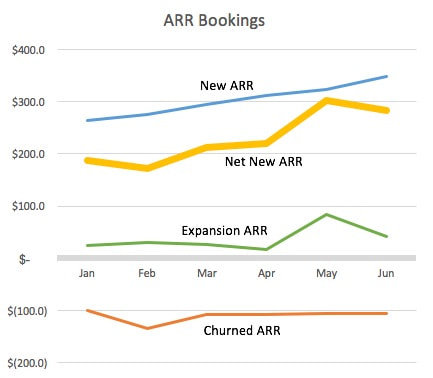
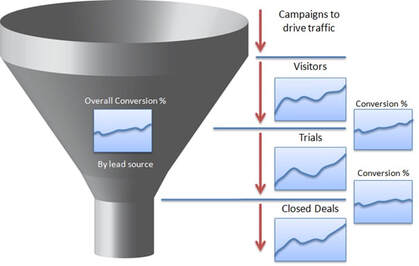

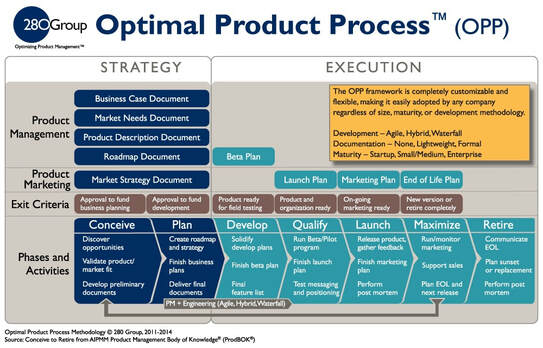
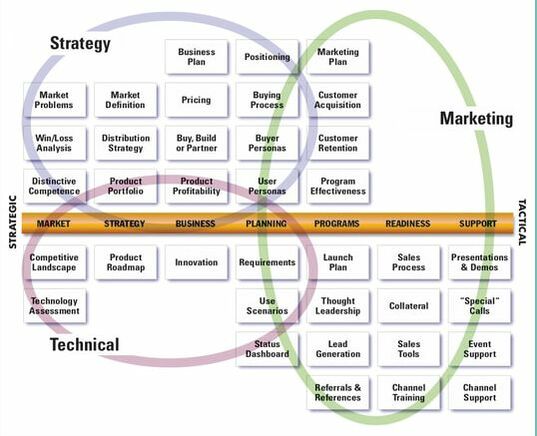
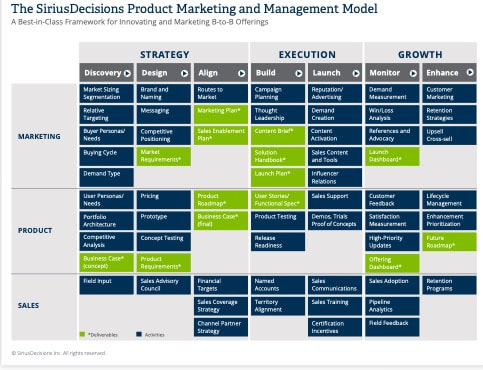
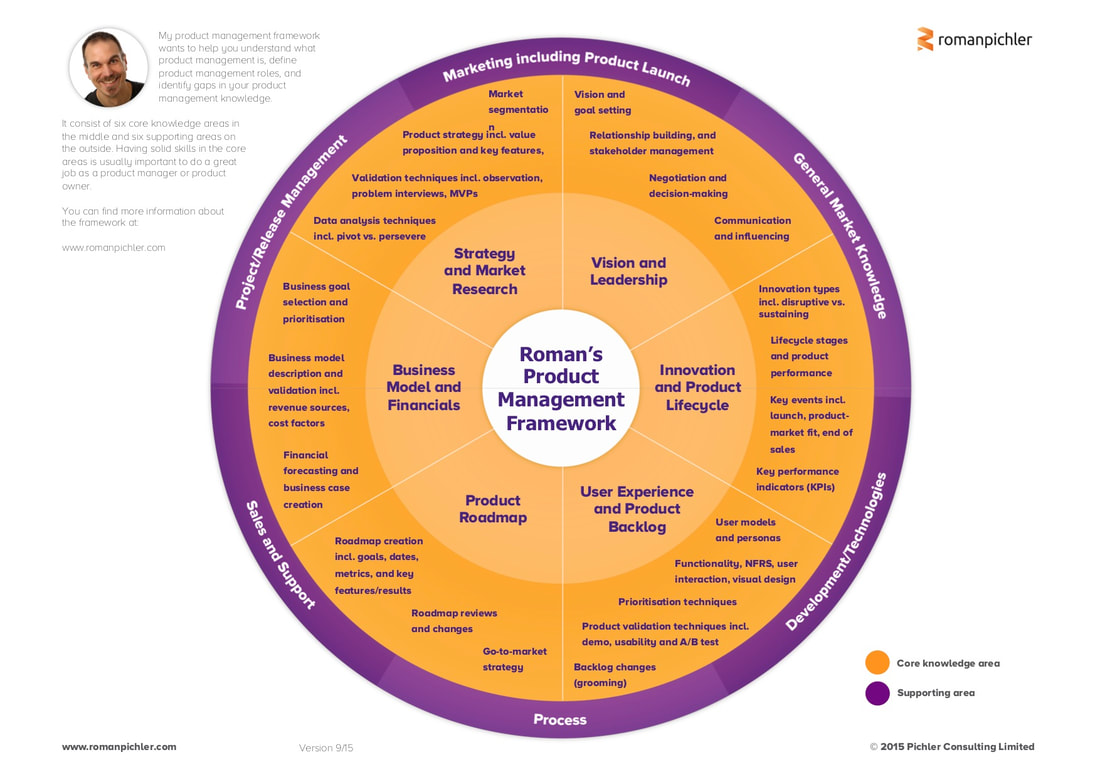
 RSS Feed
RSS Feed